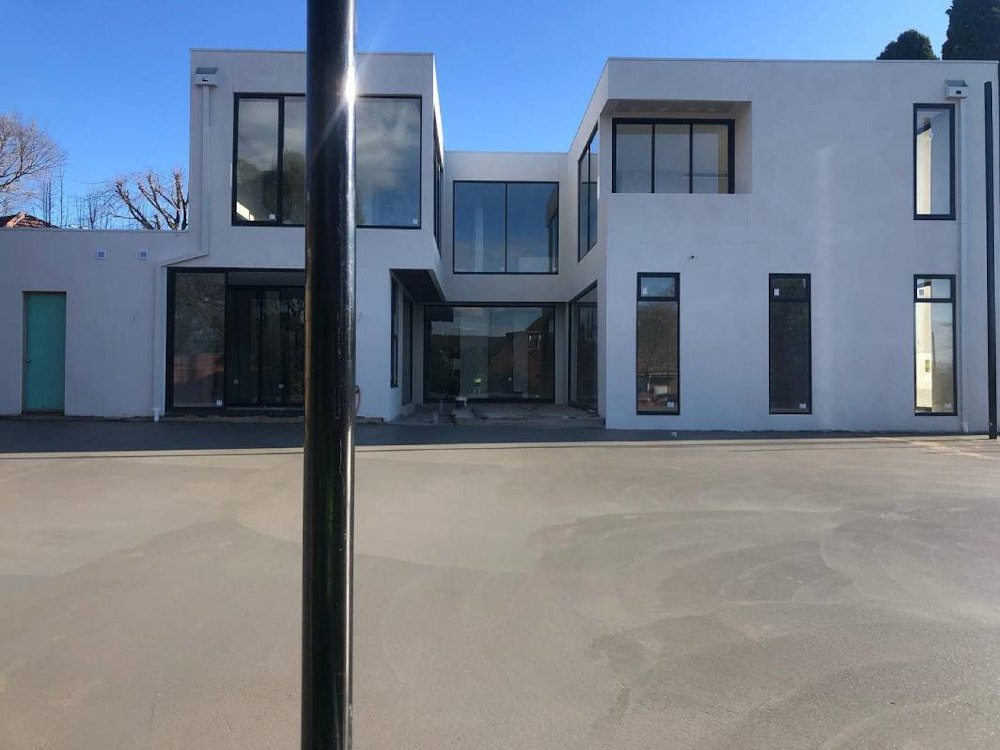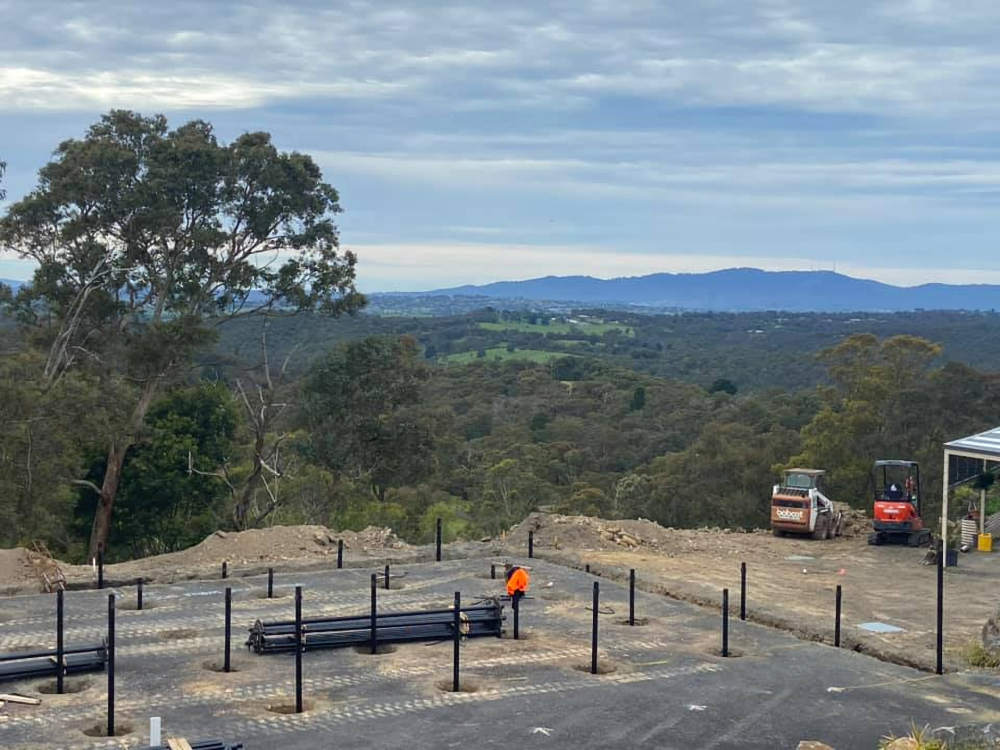How is a Melbourne tennis court built?
You’ll start to comprehend how the various Melbourne Tennis court surfaces could affect a player’s game as you learn more and more about tennis.
All tennis court surfaces are built in diverse manners and with different materials.
The speed of shots, the bounce of ball, and players’ mobility are just a few of the characteristics of a tennis match that are impacted by the different structures and composition of each court.
While some athletes adapt better to courts with faster surfaces, others excel on slower, more bouncy ones.
But how is a Melbourne tennis court constructed?
Let’s start by examining the various tennis court surfaces.
The following are typical tennis court surface varieties:
- Clay: A surface that has been rubberized or sandblasted which resembles clay.
- Artificial Grass: Synthetic flooring that resembles natural grass.
- Asphalt: Bitumen-bound aggregate
- Carpet: Textile or polymer material offered in rolls or finished sheets
- Hard Courts: Textured, coloured, resin-bound covering
- Hybrid Clay: Systems with clay dressings endorsed by a carpet matrix

How Are Melbourne Tennis Courts Made?
Tennis courts can have a variety of surfaces, but they all generally go through the same construction process. They are split into numerous layers, and the surface we can see (clay, hard, or grass) is typically the thinnest. The four layers that make up a typical tennis court are:-
- Formation
The formation, often the initial layer, is intended to act as a partition between the ground and the actual court. As it is commonly known, the sub grade protects the court from damage caused by roots and organic materials. The formation layer offers flat soil to construct the court.
- Foundation
The second layer’s foundation serves primarily to keep the court from freezing. As a result, this layer is included to enable the court to drain and avoid any potential frosting. The foundation, sometimes referred to as the sub-base typically ranges in thickness from 14 to 28 mm and should be positioned 150 mm below the surface. According to the surface, a court’s foundation will have a different drainage feature; since clay and grass surfaces need moisture, the foundation shouldn’t drain completely.
- Regulating Base
The third layer, or regulating base, has a very variable composition according to the surface. This layer produces a flat, secure base on top of which the actual surface will be laid.
- Wearing Surface
Finally, the wearing surface is the fourth and final layer. When we look at a tennis court, this is the visible layer. Depending on the surface, several thinner layers may be incorporated into this layer.
Why Choose Us?
For years of hassle-free play and safety, a tennis court must be built to exacting standards. In addition, it should be customised to meet your requirements, whether for a sports facility, tennis club, school, or backyard.
We provide you with a well-made court that is attractive to play on, durable, and will last for many years.
Together, we’ll ensure your tennis court constructed to your specifications, not just in size and quality but also in a way that blends in with the neighbourhood and the place it is designed for.
Get in touch with us today to level up your game!


